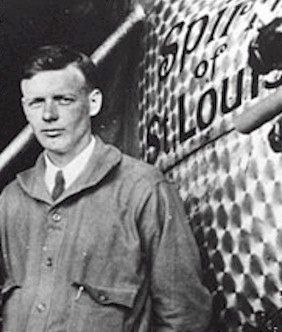

The Hauptmann "Lindbergh Kidnapping" Trial was called at the time "the greatest story since the Resurrection." It WAS a great story, involving the greatest hero of our century, every parent's worst nightmare, and a first-rate whodunit complete with ransom money passed in dark cemeteries and witnesses that could hardly be dreamt up in Hollywood. For sustained day-to-day public attention, the Hauptmann Trial, covered by more reporters than covered World War II, ranks number one. The Lindbergh case, the "Crime of the Century," is not so much about the kidnapped and murdered child as it is about America's hero, Charles Lindbergh, the first man to fly the Atlantic alone, in a small, fragile, one-engine airplane, a feat so venerated that the plane occupies a prominent position in the Air and Space Museum. It is the story of a shy national icon caught in a wave of publicity then unknown in American journalism, now expanded beyond print to include the influential voice of radio. The case remains a memorable crime because it involved not only Lindbergh, the hero, but the accused, Bruno Richard Hauptmann, a German immigrant, convicted and executed, whose guilt to this day, in the minds of many, remains an unanswered question. Like many crimes sustained in our history, the victim becomes less important than the participants. Its immortality is not only in the unresolved question about the accused killer, but in the checkered careers of the victim's father and mother. The father, the "Lone Eagle," spends the rest of his forty years as an appeaser, an isolationist, and an environmentalist. The mother, a writer and poet, lives on as a shy, private romantic. Legally the case is closed and, although it gave birth to "The Lindbergh Law," which first defined the crime of kidnapping to be a federal offense, it persists in its fascination by its almost mythic nature: A crime against a hero, unresolved, controversial, and in many ways inexplicable.